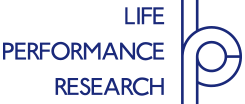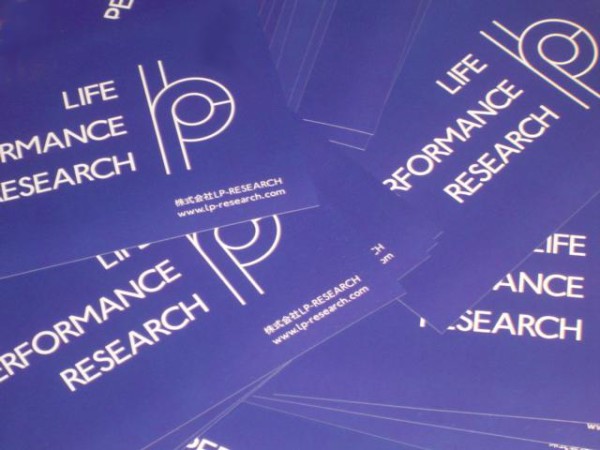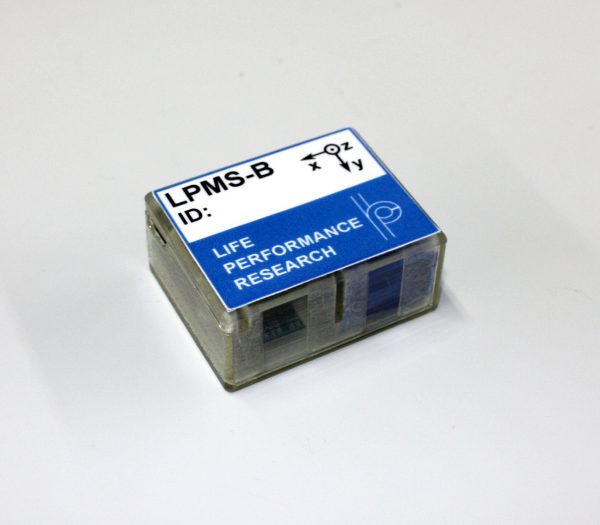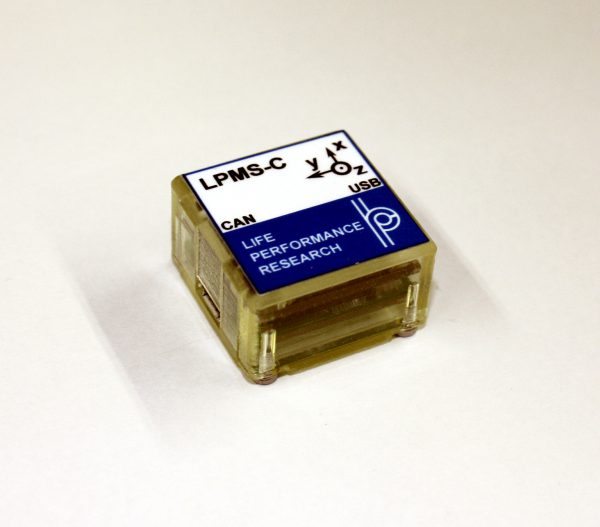LPMS-B on Android
Here is a first demo of the Android driver of our LPMS-B inertial measurement unit. The LPMS-B is controlling the orientation of a simple 3D cube on the screen of a Samsung Galaxy Tab 10.1. Improvements that are soon to be completed are faster response times and enhanced GUI functionality for calibration.



